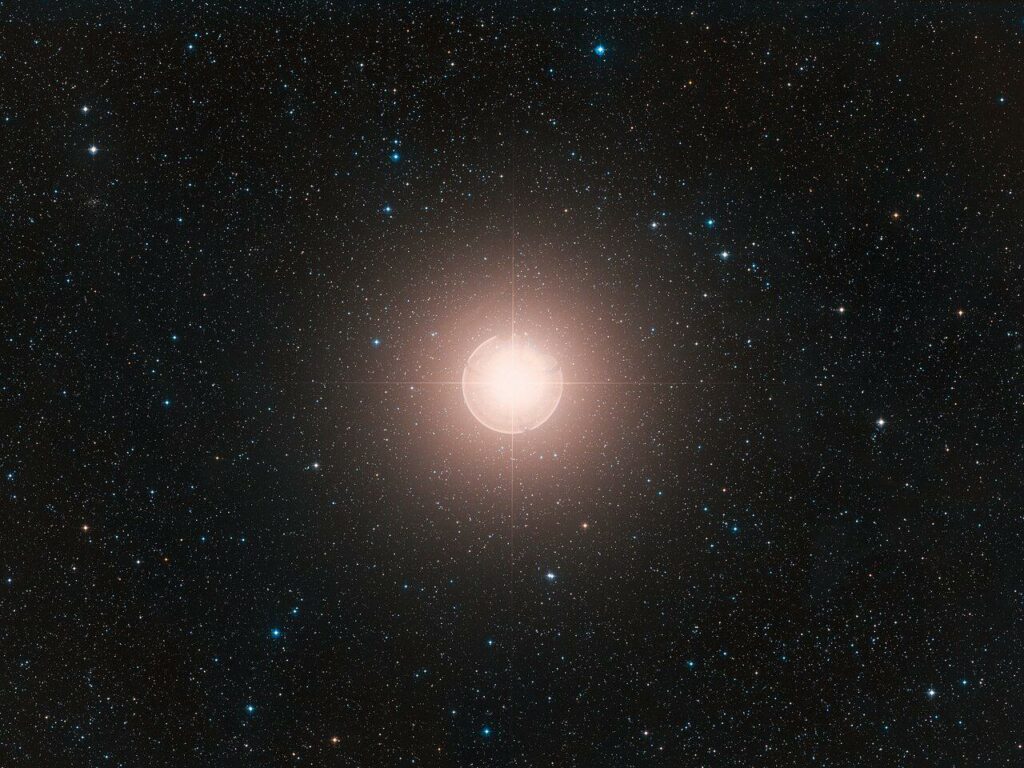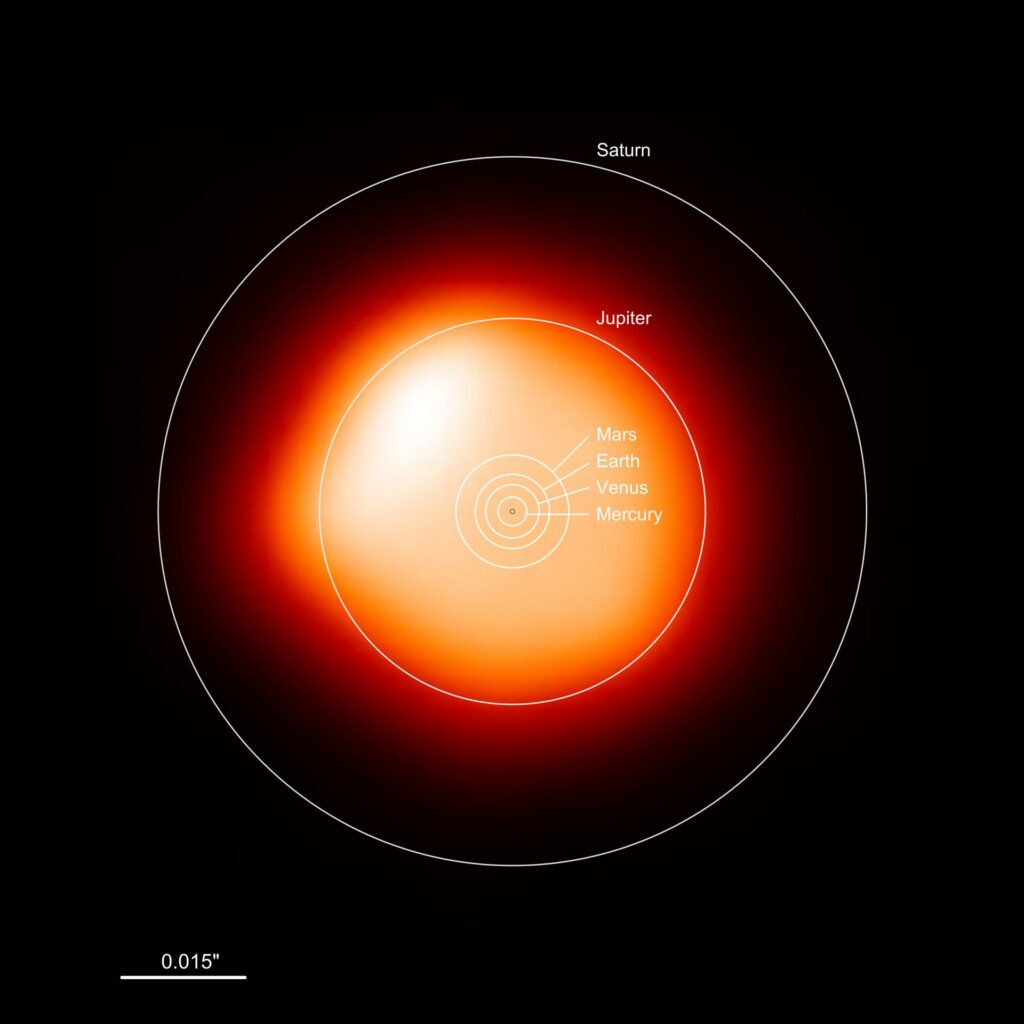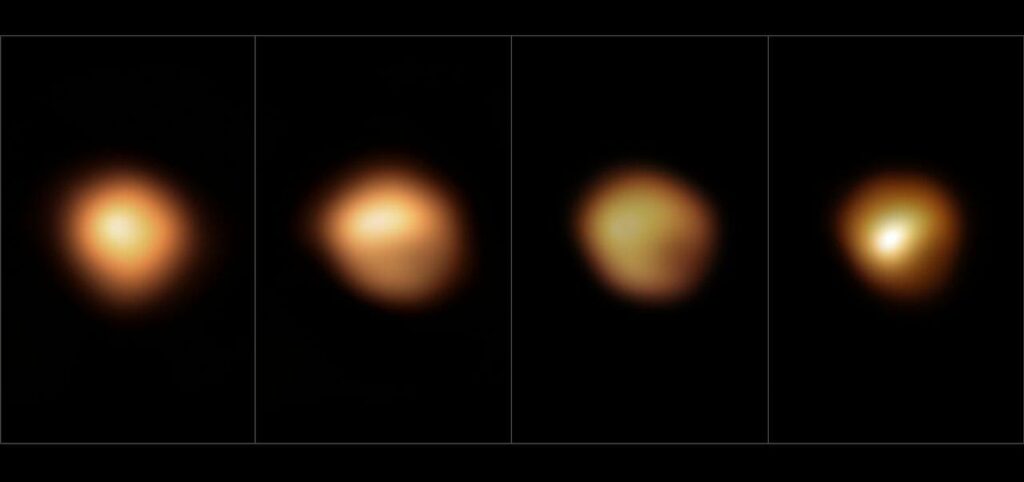A group of European and American astronomers analyzed historical sources to test the hypothesis that two thousand years ago the star Betelgeuse had a different color. The results of the study confirmed this assumption. In the time of Julius Caesar, the star was not red, but yellow-orange.
Mystery of the Betelgeuse color
The duration of human life is absolutely incomparable with the lifetime of stars. Even if we take the largest luminaries in the Universe, the duration of their existence is still measured in millions of years, against which our life is only a moment. It would seem that in such conditions, humanity has no chance to see any global changes taking place with the stars. However, as the example of Betelgeuse shows, this is not the case.

The color of Betelgeuse in the past has long been the subject of scientific controversy. Despite the fact that now the star has a characteristic bright red color, some historical records hint that this was not the case in the relatively recent past.
To understand this issue, the researchers examined a number of extant documents. It turned out that in 100 BC, the Chinese court astronomer Sima Qian left the following record: “White is like Sirius, red like Antares, yellow like Betelgeuse, blue like Bellatrix.” A hundred years later, the Roman scientist Gaius Julius Gigin noted that Betelgeuse is the same color as the yellow-orange Saturn.

The study of texts by other ancient authors (such as Ptolemy) provided additional evidence that at that time Betelgeuse was not classified as a group of bright red stars like Antares and Aldebaran. In turn, from a record made already in the XVI century by the Danish astronomer Tycho Brahe, it can be concluded that at that time Betelgeuse was already redder than Aldebaran. Nowadays Betelgeuse is comparable in brightness and color to Antares, which name translates from Greek “like Mars”.
Future of Betelgeuse
According to the researchers, the fact that Betelgeuse has changed color from yellow-orange to red in just two thousand years tells us that the mass of the star is 14 times the mass of our Sun, and it is in the final phase of its life cycle. At the same time, this does not mean that it will explode in the near future. According to astronomers, Betelgeuse still has a few hundred thousand to one and a half million years left.

Recall that recently Betelgeuse experienced a great blackout, during which the brightness of the star initially decreased significantly, and then completely recovered. According to the latest data, this was due to a huge mass ejection, which gave rise to a giant dust cloud that hid the star from the Earth.
According to https://phys.orgml
Follow us on Twitter to get the most interesting space news in time
https://twitter.com/ust_magazine

